Processing Gender: Learning from Josephine’s Journey
A new article published in Culture, Health and Sexuality, “Processing Gender: Lived Experiences of Reproducing and Transforming Gender Norms over the Adolescent Life Course in Northern Uganda,” provides a framework to identify the resources, institutions, and processes that shape adolescents’ gendered choices and behaviors.
This understanding can be used to inform decisions about when and where to intervene with program and policy levers. The article results from a qualitative, longitudinal study conducted in tandem with the Gender Roles Equality and Transformation (GREAT) Project implemented by the Institute for Reproductive Health, Pathfinder International and Save the Children, together with local partners Straight Talk and Concerned Parent Association, with funding from USAID. GREAT aimed to promote gender-equitable attitudes and behaviors among adolescents (ages 10-19) and their communities with the goal of reducing gender-based violence and improving reproductive health outcomes in post-conflict communities in northern Uganda.
There are more adolescents in the world today than ever before, and it is unlikely there will ever be this many again. With over 1.8 billion young people between the ages of 10 and 24, this moment is our best opportunity to help adolescents navigate their journey towards healthy, economically productive lives. While today’s children are heading towards an uncertain horizon, we do know that the futures of both boys and girls are likely to be limited by inequitable gender dynamics. The patriarchal systems that most children are born into provides fertile ground for gender-based violence, unsafe or coerced sex, unintended pregnancy, and subsequent negative consequences such as school dropout, unsafe abortion, HIV, violence, and poverty. Early intervention in young people’s lives can alter this path. Research suggests that attitudes, beliefs, and social expectations related to what is appropriate for boys and girls crystalize as children grow up, often becoming increasingly rigid and limiting.
This scenario is especially true in settings such as post-conflict Northern Uganda, where we conducted an ethnographic cohort study to understand how differing attitudes and expectations related to what is appropriate for boys and girls shape their experiences over the course of adolescence. This research took place between 2012 and 2014 at the close of the two decades long civil war during which nearly two million people – 90% of the Acholi and Lango population – were displaced into internally displaced persons camps.
 When the camps closed in 2012, study participants and their families returned to their ancestral villages, where they faced widespread sexual and domestic violence, fragmented social systems, few economic opportunities, and weak or non-existent health services. It was at that historical moment that we launched a qualitative, longitudinal study consisting of four rounds of in-depth, life-history interviews with 60 girls and boys from age 10 to 19.
When the camps closed in 2012, study participants and their families returned to their ancestral villages, where they faced widespread sexual and domestic violence, fragmented social systems, few economic opportunities, and weak or non-existent health services. It was at that historical moment that we launched a qualitative, longitudinal study consisting of four rounds of in-depth, life-history interviews with 60 girls and boys from age 10 to 19.
Drawing on feminist theory, an ecological lens, and the voices of these young people, we developed a conceptual framework illustrating how they negotiated gender norms through the three key life-stage transitions: childhood into puberty; early adolescence into later adolescence; and later adolescence into marriage and parenthood.
As participants approached adulthood, they faced strong pressures to conform to patriarchal gender norms, and risked negative sanctions if they failed to do so. At the same time, they encountered “alternative” norms that offered expanded opportunities and agency for girls and women, and broadened life options for boys and men.
Adolescents reproduced and subverted specific gender norms over the life course across six domains: work, puberty, family planning, intimate partner relations, child discipline, and alcohol use.
Rooted in patriarchal perspectives of masculinities and femininities – which view women as submissive, nurturing and chaste, while men are virile, authoritative providers – understandings of gender played out in household and family roles, puberty and sexual relationships, decisions about the timing and spacing of children and contraceptive use, forms of discipline, and alcohol use. Some participants, however, challenged patriarchal gender norms, and their trajectories evolved differently than those of their peers, for example through both partners in a couple contributing to childcare, household tasks, and resource generation. Their capacity to embrace more gender equitable norms depended on internal assets, socialization processes, capital, costs and consequences, and structural factors. By representing participants’ lives in this way, we offer a lens for understanding how adolescents negotiate norms throughout the social ecology and across the life course.
Throughout the new article, we provide examples from Josephine, a study participant and newly married parent, to illustrate the influence of personal, social, and structural factors on her experiences. Josephine experienced notable shifts in gender dynamics with her partner over time. At the beginning of the study she navigated a challenging marital relationship. “We used to love each other so much,” she said, “but now I cannot compare this love anymore.” She described verbal abuse, rape, and infidelity from her partner. Yet she also exhibited notable agency and tenacity to create the family life she desired. After trying to discuss family planning repeatedly with her husband, she decided to use it secretly, explaining, “…because I am the one who suffers with the pregnancies, not him.” By the fourth round of interviews, her relationship had improved and she convinced him to use family planning. “I began by telling him that this time if we don’t space the children people will laugh at you and you will lose respect in this community.”
By grounding her experience in one aspect of femininity – childbirth – and calling out social norms in support of spacing, Josephine asserted her power to make fertility decisions, a subtle challenge to gender norms dictating that men make these decisions.
When they married, adolescents learned new roles as spouses and parents. For Josephine, this process included expectations to adopt norms contradictory to her desires. “The community wants and expects that only you the woman, who is under a man, obey him.” In-laws became powerful forces, and Josephine’s taught her husband patriarchal norms. “[My husband] told me that his mother says that she needs children, so the issue of family planning should not even cross our minds.”
Against the backdrop of shifting relationships and social pressures, Josephine strived to establish her own voice. Notably, despite the many barriers she faced, Josephine described access to health services as one option for challenging her husband’s dominance. “I would go to family planning clinics in …town; they are very many…I can go secretly without telling, and I join family planning.” Josephine also benefited from shifting gender norms resulting from new laws and rights-based discourse promoting gender equality. After Josephine’s mother in-law attacked her, the community encouraged her to involve law enforcement, “[they] told me if she attacks you again, run to the police station and report her there.”
Looking at the lives of adolescents through this framework reveals a number of entry points and potential actions that can improve outcomes for young people. The significant role of socialization and gender norms throughout adolescence calls our attention to the need to begin early, and to implement tailored life course interventions for both boys and girls as social roles and norms evolve. Furthermore, if we are to provide a safer pathway for adolescents’ journey to adulthood, our work must encompass socialization processes. This will involve expanding and strengthening social networks by amplifying the voices of positive role models and mobilizing different forms of capital to support young people. We learned from study participants about their pivotal role in (re)constructing gender dynamics. We can strengthen their internal assets, such as knowledge and agency, to enable them to successfully navigate complex gender processes. This means investing in programs that bolster opportunities for self-reflection, provide a critical and empowering vocabulary, and build self-confidence. Finally, we must not shy away from addressing issues that may seem beyond our purview, such as poverty, structural violence, social exclusion, and access to education and other forms of capital.
Over a period of three years, 60 girls and boys, happy and sad, hopeful and despairing, vibrant and muted, shared their stories of changing bodies, awakening sexual desire, violence, love, poverty, marriage and parenting – highlighting both their vulnerability and power. It is up to us to learn from their stories and take wise action.
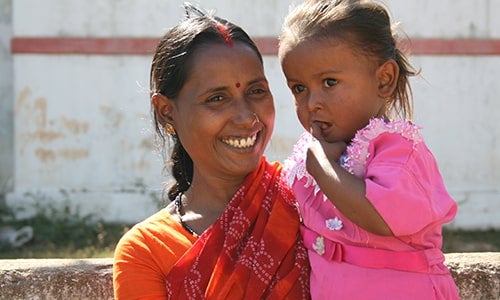 Where We Work
Where We Work 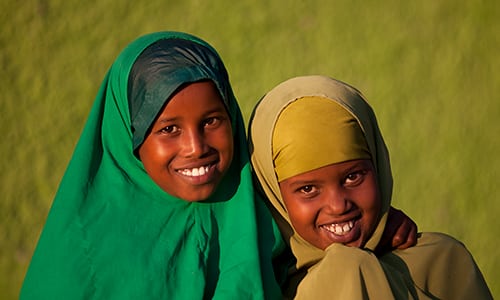 Press Room
Press Room 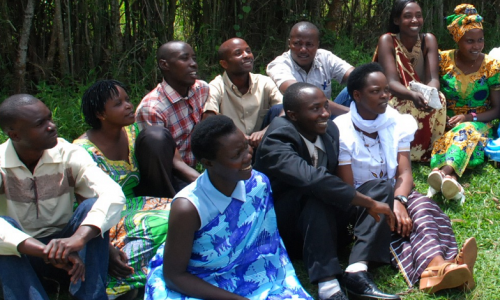 FACT Project
FACT Project 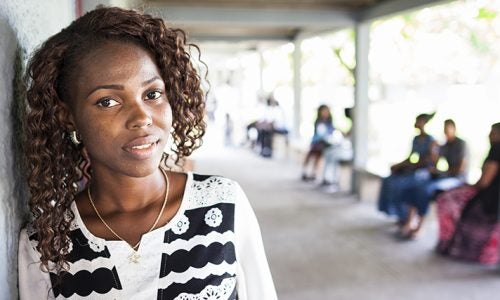 Passages Project
Passages Project 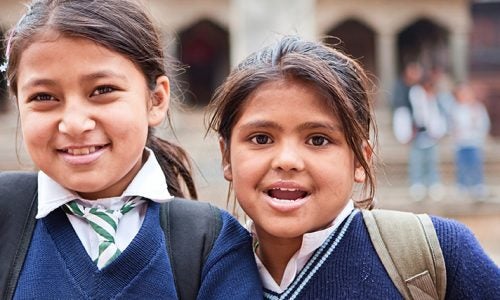 Learning Collaborative
Learning Collaborative  Search All Resources
Search All Resources 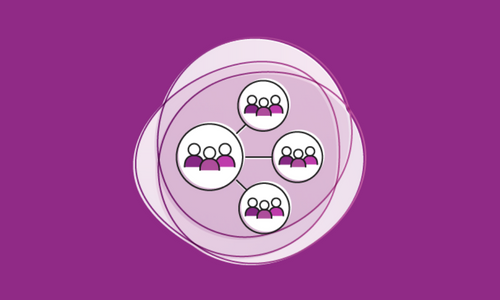 Social Norms
Social Norms 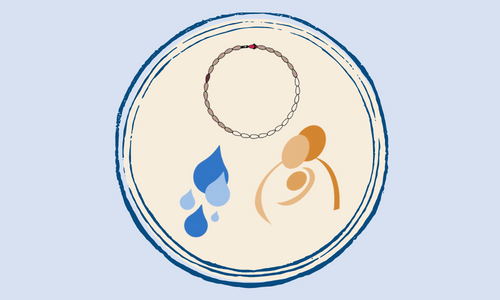 Fertility Awareness Methods
Fertility Awareness Methods